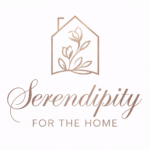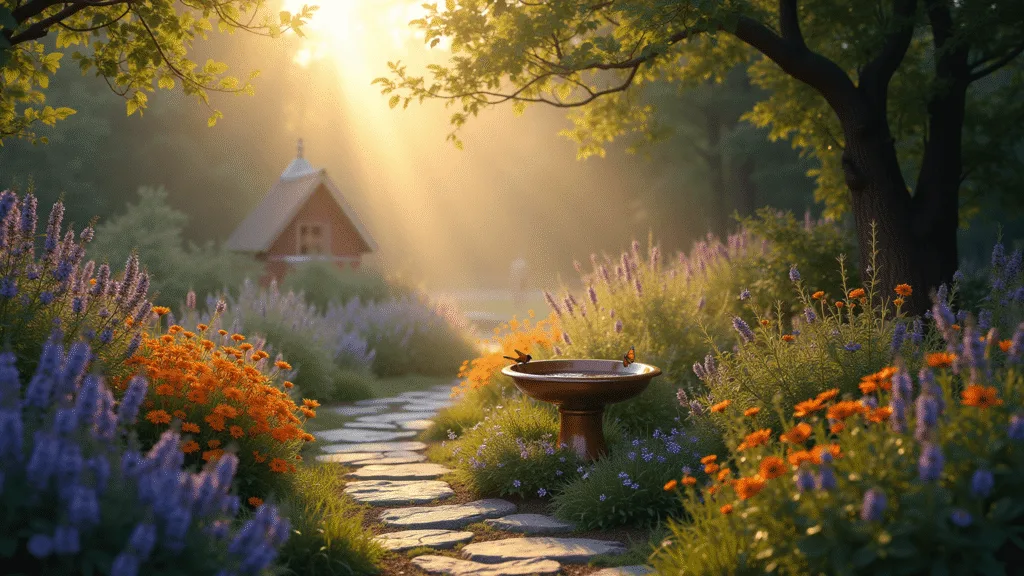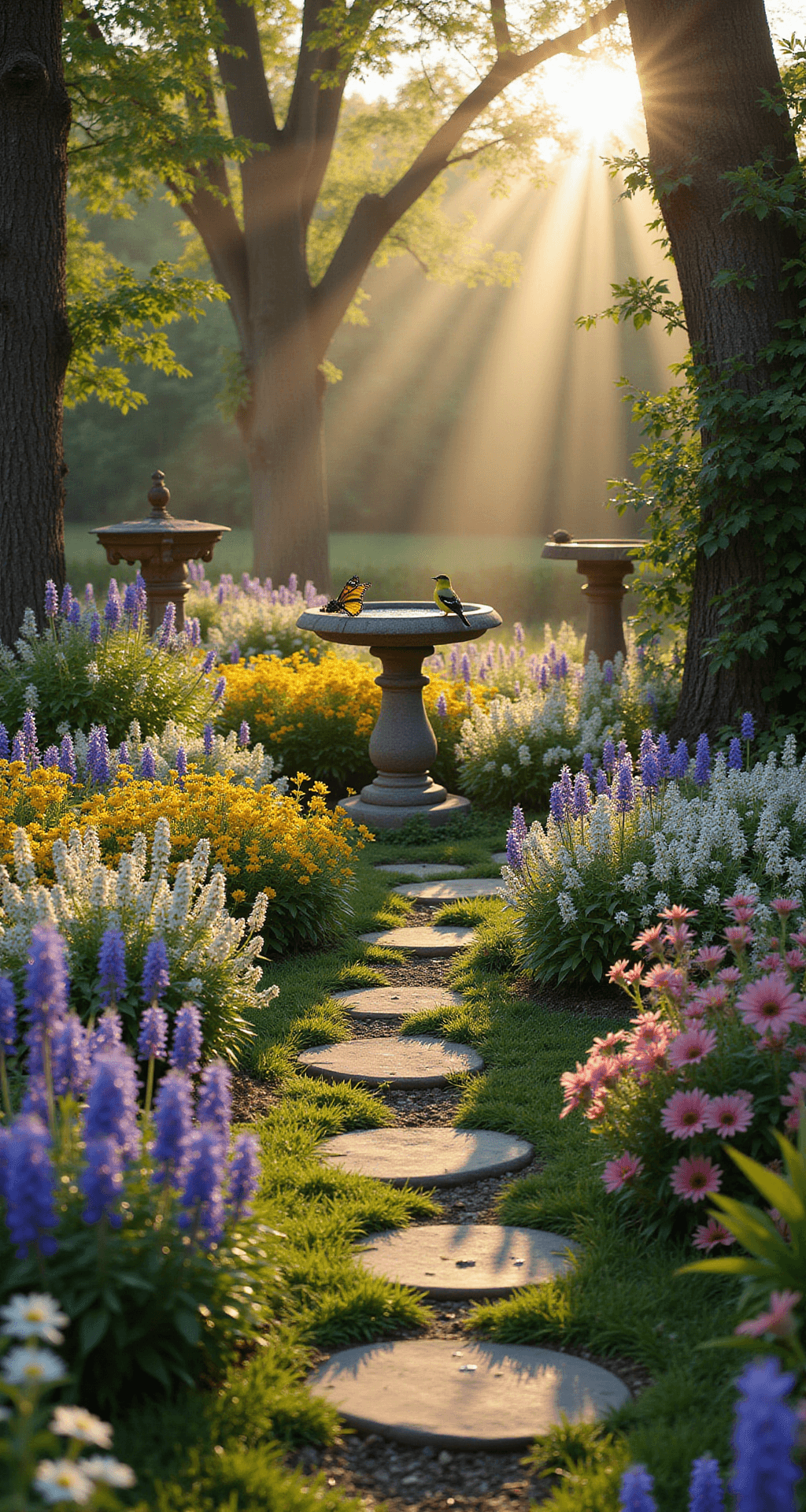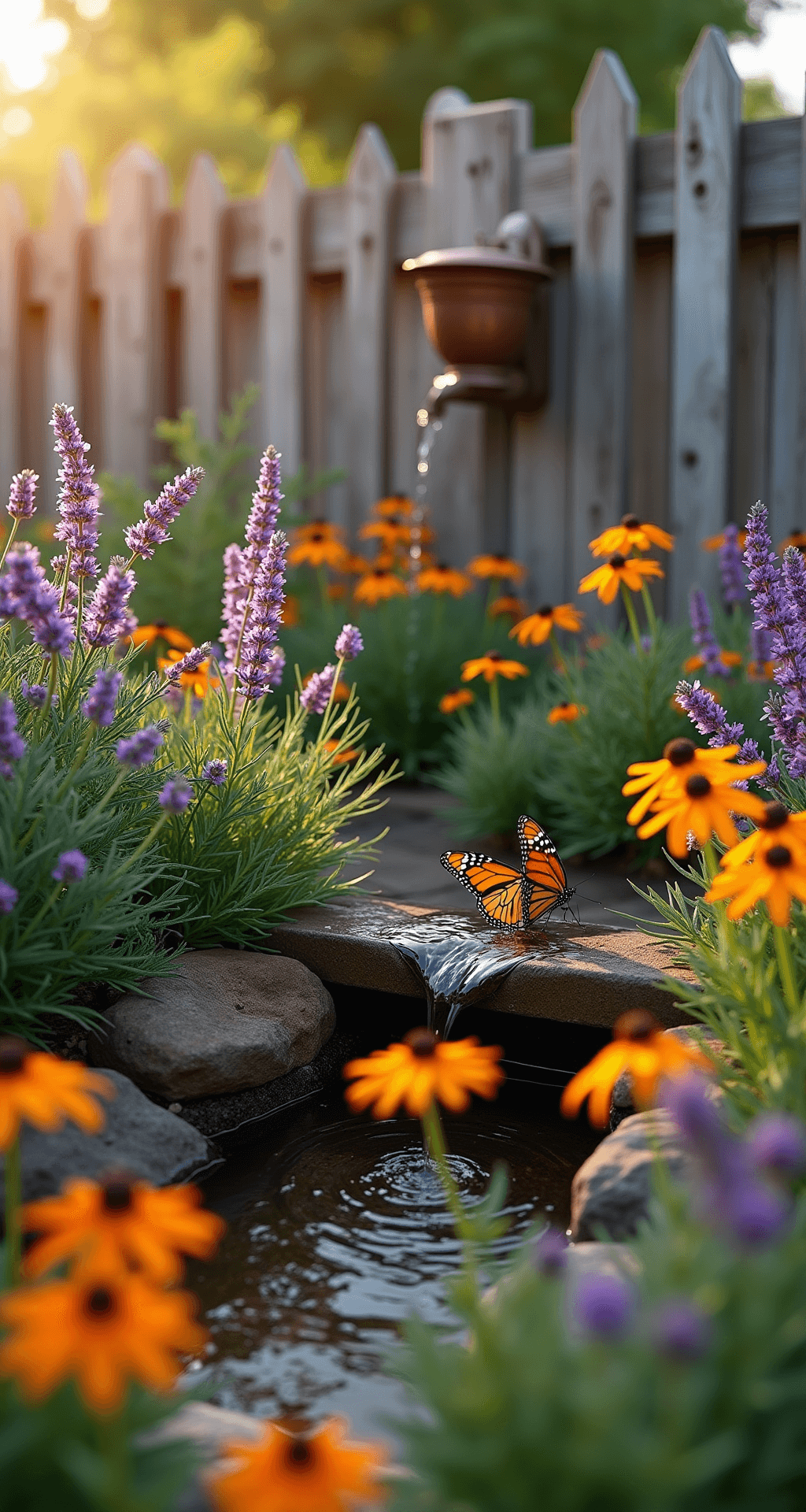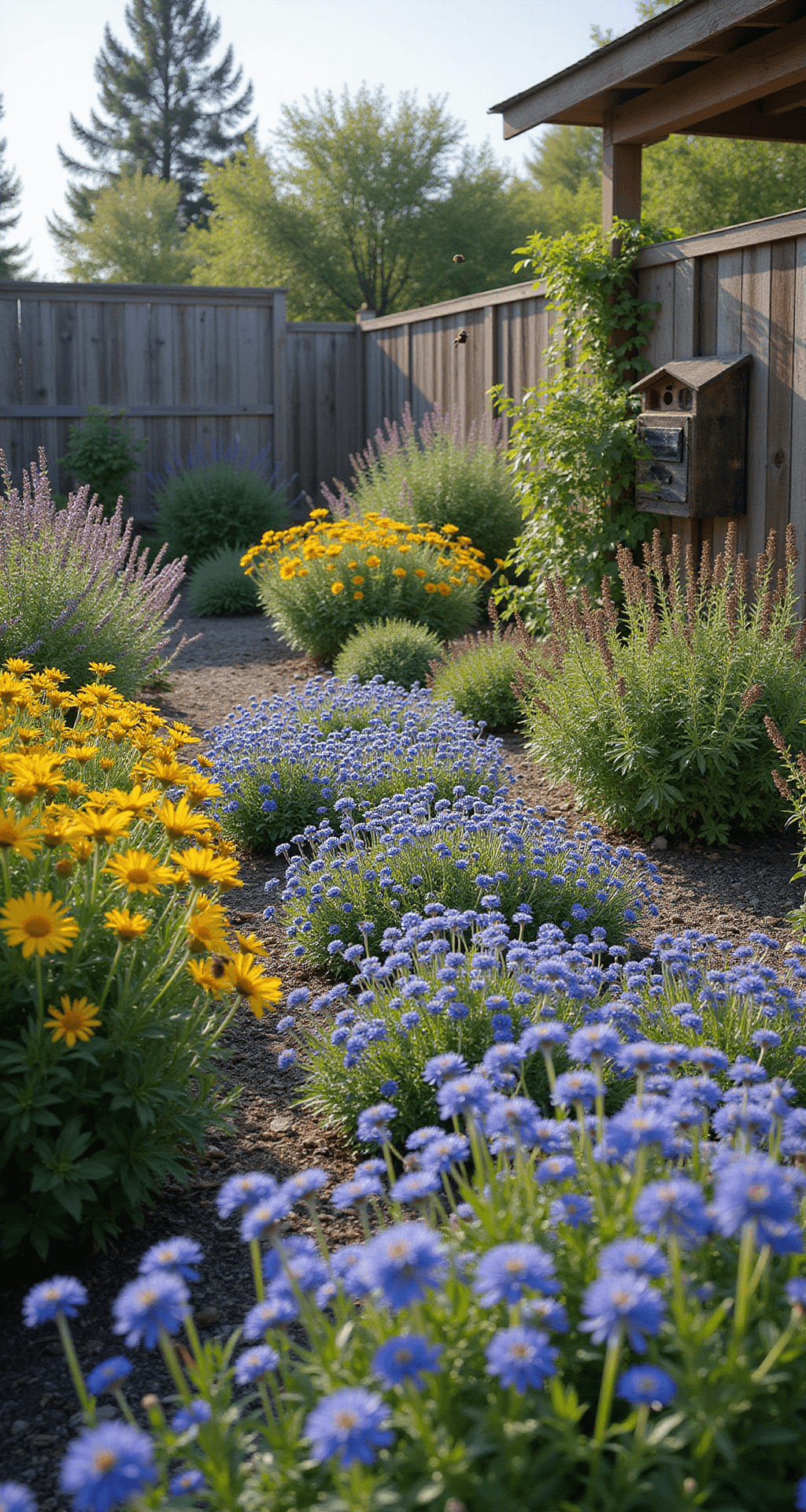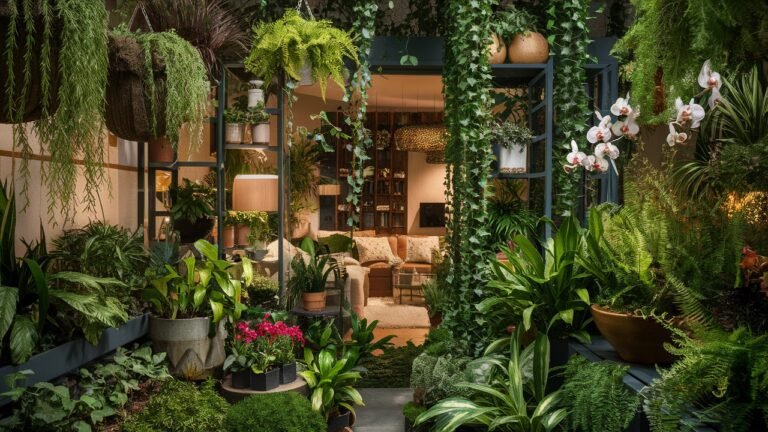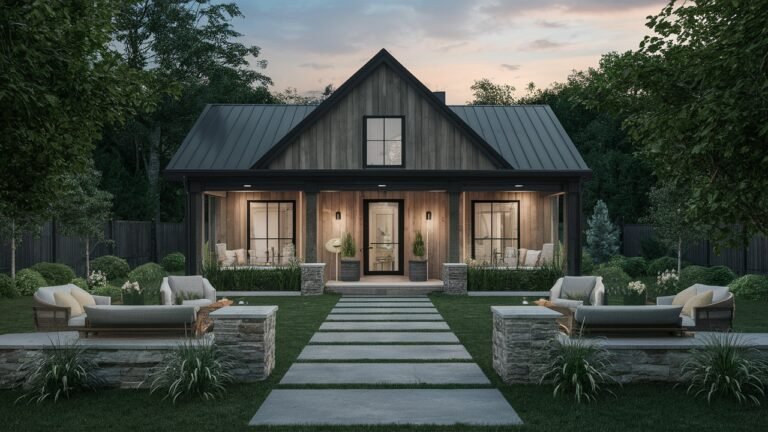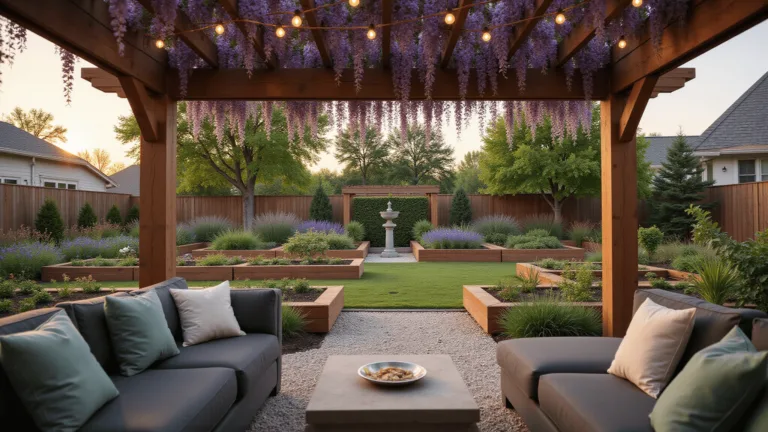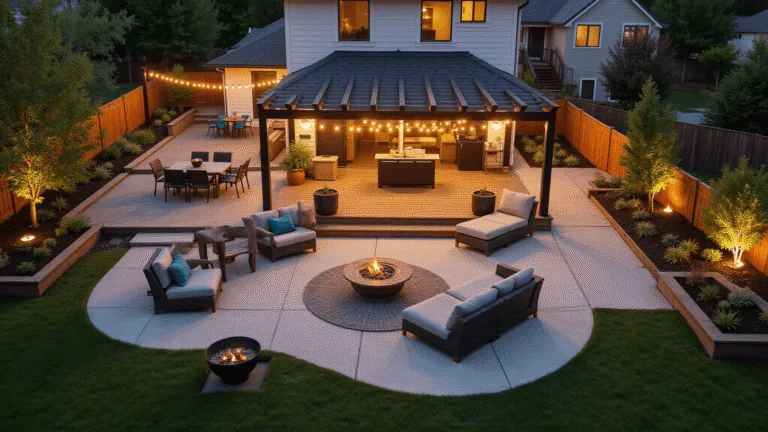This post may contain affiliate links. Please see my disclosure policy for details.
How to Create a Wildlife Oasis: Attracting Birds, Butterflies, and Bees to Your Garden
Contents
- How to Create a Wildlife Oasis: Attracting Birds, Butterflies, and Bees to Your Garden
- Why Wildlife Matters in Your Garden
- The Ultimate Guide to Attracting Pollinators and Birds
- Diversity is Your Secret Weapon
- Native Plants: Nature’s Perfect Solution
- Create a Year-Round Buffet
- Butterfly Nursery: Host Plants Matter
- Water: The Lifeline of Your Wildlife Garden
- Shelter: More Than Just Pretty Plants
- Organic Practices: Keep It Chemical-Free
- Pro Tips for Maximum Wildlife Attraction
- Top Plants for Wildlife
- For Bees:
- For Butterflies:
- For Birds:
- Final Thoughts
Imagine stepping into your backyard and being greeted by a symphony of buzzing bees, fluttering butterflies, and chirping birds. Creating a wildlife-friendly garden isn’t just about beauty – it’s about building a thriving ecosystem right outside your door.
Why Wildlife Matters in Your Garden
Every garden has the potential to become a sanctuary for local wildlife. By understanding their needs and creating the right environment, you can transform your outdoor space into a vibrant habitat that supports and nurtures these incredible creatures.
The Ultimate Guide to Attracting Pollinators and Birds
Diversity is Your Secret Weapon
- Mix annuals, perennials, and edible plants
- Create a multi-layered landscape that offers:
- Food sources
- Shelter
- Nesting opportunities
Native Plants: Nature’s Perfect Solution
Local wildlife loves local plants. Native species are:
- Perfectly adapted to your region
- Require less maintenance
- Provide exactly what local pollinators need
Pro Tip: Research native plants specific to your area. Each region has its unique ecosystem heroes.
Create a Year-Round Buffet
Ensure continuous blooms by:
- Planting flowers that bloom in different seasons
- Selecting plants with staggered flowering periods
- Providing consistent nectar and food sources
Butterfly Nursery: Host Plants Matter
Specific plants attract butterfly larvae:
- Milkweed for monarch butterflies
- Parsley and dill for swallowtail butterflies
- Fennel for additional butterfly species
Water: The Lifeline of Your Wildlife Garden
Essential Water Features:
- Shallow birdbaths
- Small fountains
- Saucers with fresh water
- Mud puddles for ground-dwelling insects
Shelter: More Than Just Pretty Plants
Create safe spaces with:
- Dense shrubs
- Brush piles
- Artificial nesting boxes
- Insect hotels
- Protected wind-sheltered areas
Organic Practices: Keep It Chemical-Free
Avoid:
- Pesticides
- Chemical fertilizers
- Harmful synthetic treatments
Pro Tips for Maximum Wildlife Attraction
- Group similar flowering plants in clusters
- Leave some bare soil for ground-nesting bees
- Provide sunny spots for butterflies to bask
- Install bird and nectar feeders
Top Plants for Wildlife
For Bees:
- Bee balm
- Mountain mint
- Sunflowers
- Yarrow
- Rudbeckia
For Butterflies:
- Milkweed
- Lavender
- Daisies
- Sedum
- Asters
For Birds:
- Native berry bushes
- Sunflowers
- Black-eyed susans
Final Thoughts
Creating a wildlife garden is a journey of patience and observation. Each season will bring new visitors, new challenges, and incredible moments of connection with nature.
Start small, be consistent, and watch your garden transform into a living, breathing ecosystem that supports local wildlife and brings endless joy to your outdoor space.
